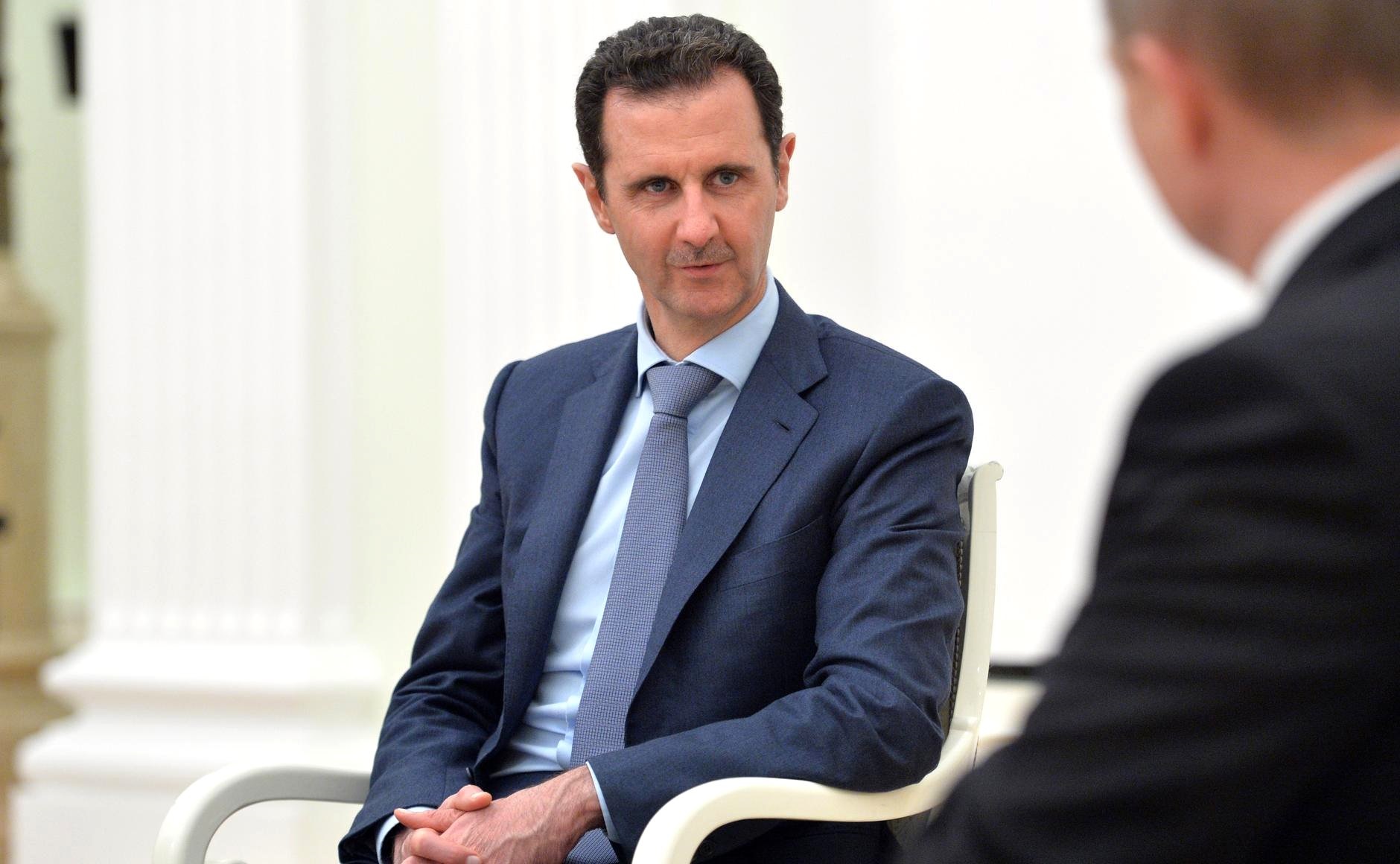Two years ago, Jeffrey Goldberg interviewed President Obama about his foreign policy, particularly in the Middle East. When asked what made his views controversial, here was Obama’s reply:
“Where am I controversial? When it comes to the use of military power,” he said. “That is the source of the controversy. There’s a playbook in Washington that presidents are supposed to follow. It’s a playbook that comes out of the foreign-policy establishment. And the playbook prescribes responses to different events, and these responses tend to be militarized responses. Where America is directly threatened, the playbook works. But the playbook can also be a trap that can lead to bad decisions. In the midst of an international challenge like Syria, you get judged harshly if you don’t follow the playbook, even if there are good reasons why it does not apply.”
A lot of ink has been spilled writing about how Obama didn’t enforce his so-called “red line” in Syria. But what that take misses is that his goal was to stop Assad from using chemical weapons—which was ultimately accomplished by working with Putin to apply pressure on his ally in Syria. In other words, it didn’t involve the use of military force. As such, the assumption was that he didn’t enforce his red line.
Now it appears as though Assad has used chemical weapons for at least the second time during Trump’s administration. As options are being considered, all of the attention has been focused on a possible military response. Emma Ashford has some questions about that.
Max Fisher takes it one step further and outlines three levels of military response.
Option category #1 could be termed the sort of limited, punitive strikes that Mr. Obama was pressured to execute and that Mr. Trump saw through last year.
They didn’t work a year ago and aren’t any more likely to be effective this time.
Option category #2 might describe the policies that Mr. Obama favored: actions that make the war costlier for Mr. Assad — arming anti-government rebels, for instance — so as to pressure the Syrian leader into complying with American demands.
The more we arm Assad’s enemies, the more Russia and Iran will arm Assad. The result is to prolong the civil war at minimum and risk a potentially even more dangerous escalation.
Option category #3 would be attacks that go beyond what the Russians and Iranians can match, which is likely to mean either a full intervention or strikes that existentially threaten the Syrian government.
The risks of this one are two-fold: (1) toppling the Assad regime and sending the country into even more chaos (think Libya), and (2) a direct military confrontation with Russia that could have global ramifications.
This explains precisely why Obama suggested that the Washington playbook of relying on military interventions doesn’t work in a situation like the one we face in Syria. We need some other tools in our toolbox. Given that former Sec. of State Tillerson basically hallowed out our diplomatic corp and we are left with the likes of Trump and Bolton in the White House, I suspect that finding those tools isn’t going to happen in the near future.
Ashford identified the best we can hope for.
We have enough to worry about when it comes to what Bolton might talk Trump into doing in North Korea and Iran. The situation in Syria is already awful. Let’s hope they don’t decide to make it even worse.



